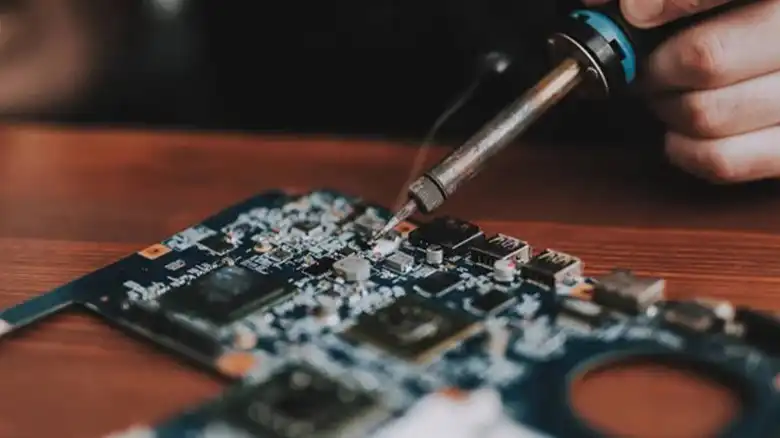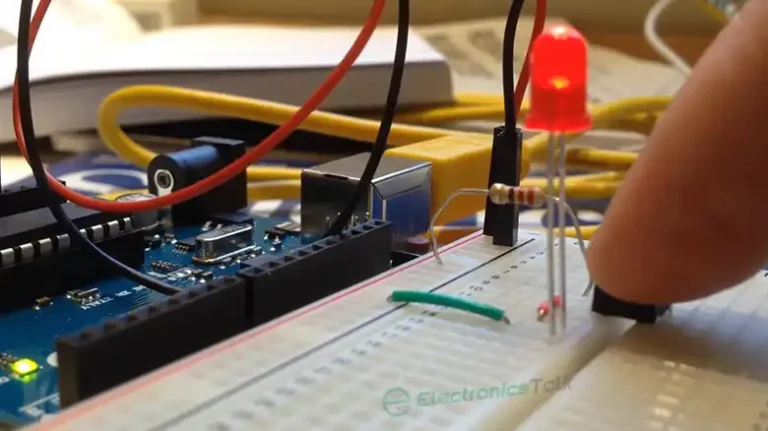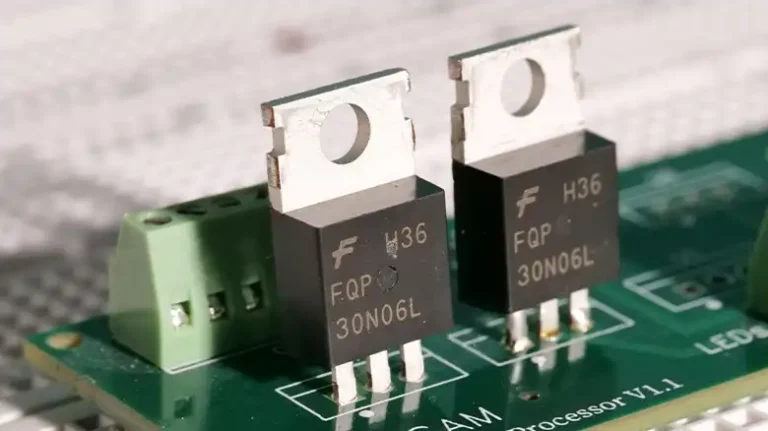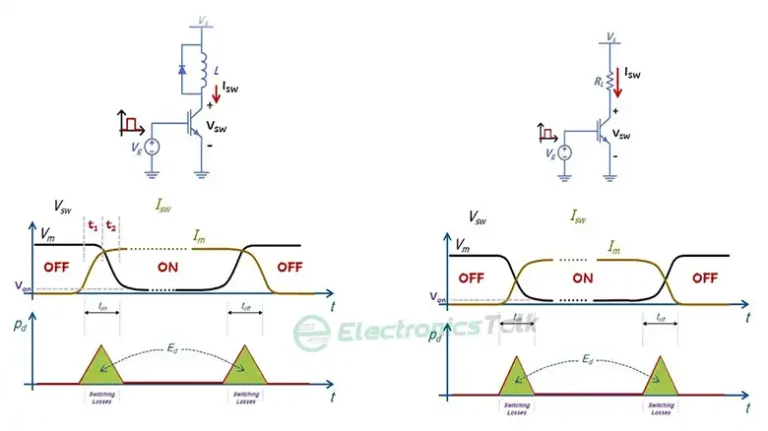[5 Tips] Can Soldering Damage Diode?
Soldering is a fundamental skill for electronic circuit design but involves some risks and challenges. If you are not careful, you can damage your components, boards, or even yourself with excessive heat.

Can Diodes Be Damaged by Heat?
Diodes are semiconductor devices, and like most semiconductors, they have a maximum operating temperature specified by the manufacturer in their datasheets. If the diode’s temperature exceeds this limit, it can lead to various issues.

Figure 1: A power versus temperature graph.
The basic equation of the semiconductor junction is,
IIS=e-QVKNT-1
I is the forward current, IS is the saturation current, K is Boltzmann’s constant, T is the temperature in Kelvin, N is a normalization factor of between 1 and 2, V is the forward diode voltage and Q is the electron charge in coulombs.
As T increases, the forward current increases. But when T exceeds the limit of the diode, the leakage current of a diode can increase significantly leading to thermal runaway. The maximum power dissipation must be derated with excessive temperature.
High temperatures can also cause the properties of the semiconductor material within the diode to change, leading to a decrease in performance or even permanent damage.
What Temperature Should a Diode Be Soldered?
The recommended soldering temperature for a diode depends on the specific type of diode. The soldering temperature for most standard through-hole diodes (e.g., 1N4148, 1N4007) and surface-mount diodes (e.g., SOD-123, SOT-23) falls within the range of 260°C to 300°C.
The melting temperature for alloy solder, which is the most common type, is around 180°C to 190°C. So, the soldering iron temperature should be higher by 20°C to 30°C.
However, some diodes may have lower or higher maximum soldering temperatures. It’s essential to follow the manufacturer’s guidelines provided in the diode’s datasheet to ensure proper soldering and prevent damage.
How Do You Safely Solder a Diode?
It’s very easy to damage a diode during soldering. Here are 5 tips to minimize the risk of damaging a diode during soldering:
- Temperature-Controlled Soldering Iron and Heat Sink
Set the soldering iron to an appropriate temperature that does not exceed the maximum rating of the diode. Also when soldering a diode, use a heat sink or clip to dissipate heat and protect the diode from excessive temperature.
- Use a Good Soldering Iron
Some cheap soldering irons have no control over their temperature. They get hotter and hotter until they damage parts when they are soldered. Even if the solder has good flux in it, the high temperature burns it away. So, each solder joint takes a longer time. Therefore, using good soldering iron is essential.
- Work Quickly
If you take only a few seconds to solder each end you will do no damage to the diode. Minimize the time the soldering iron is in contact with the diode to reduce the risk of overheating
- Double-Check polarity
Ensure that you are soldering the diode with the correct orientation.
- Follow the Datasheet
Every diode comes with a specific datasheet from the manufacturer stating the properties and suitable temperature. Always refer to the datasheet for specific soldering guidelines provided by the manufacturer.
Frequently Asked Questions and Answers [FAQs]
How Fragile Are Diodes?
Even though diodes are relatively robust electronic components, their fragility depends on the type of diode and the specific materials used in their construction. High temperatures during soldering or in operation, mechanical stress, etc. can easily damage the diode.
Can You Damage a Resistor When Soldering?
Yes, it is possible to damage a resistor when soldering without proper precautions. Resistors are sensitive to heat, mechanical stress, and electrostatic discharge. Excessive heat during soldering can damage the resistor by causing the material to degrade, changing its resistance value, or even leading to physical damage like cracking.
Conclusion
Damaging a diode during soldering is very common. But by following the proper guidelines in the manuscript and paying attention to the diode’s temperature and proper orientation, a diode can be soldered without any significant damage.



![Can I Use 1n4004 Instead of 1n4001? [Advantages Explained]](https://www.electronicstalk.org/wp-content/uploads/2023/07/Can-I-Use-1n4004-Instead-of-1n4001-768x431.webp)

![[Answered] Do I Need a Resistor for a Laser Diode?](https://www.electronicstalk.org/wp-content/uploads/2023/09/Do-I-Need-a-Resistor-for-a-Laser-Diode-768x431.webp)
